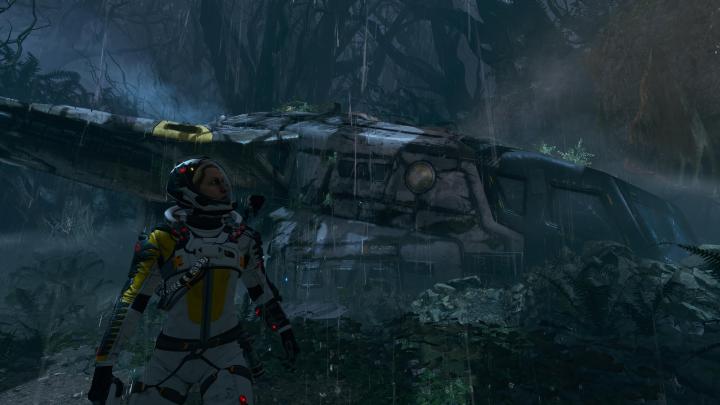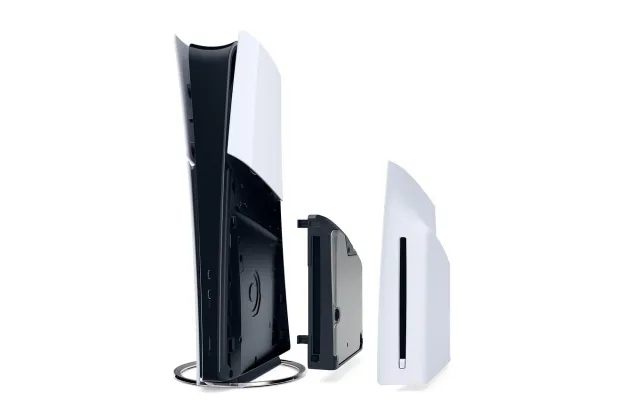Whether or not you fall in love with (and master) a challenging video game is often tied to the amount of free time you have. Some difficult games require you to have pinpoint-accurate hand-eye coordination, while others are so complex that they take careful planning and a deep understanding of their systems to figure out.
I’m no stranger to overcoming challenging games, provided I have the spare time to figure them out. In high school, I not only passed every Guitar Hero III song on expert, but I earned five stars on all of them — including Through the Fire and Flames. In college, I earned the platinum trophy in every single Souls game on PlayStation, from Demon’s Souls all the way to Dark Souls 3. This was a period when free time was abundant.
What makes Returnal so challenging?

Fast forward to 2021, when free time isn’t as readily available. This was the year Returnal came out. It’s a PlayStation 5-exclusive roguelike shooter game that is known for its difficulty and was developed by Sony-owned studio Housemarque. In Returnal, you play as Selene, an astronaut stranded on a planet called Atropos. The planet is divided into several biomes, which are home to some nasty creatures. It’s a third-person shooter, but the catch is that you must restart from the very first biome each time you die — and dying happens frequently.
Each run randomly generates a new stage layout, with different weapons, enemies, and items that fill the biome. At the end of each biome is a deadly boss that will test your skills. There’s also a constant underlying feeling of unease always present. There are no checkpoints (except for a couple of exceptions here and there), and even if you die on the second biome, you must start back at the beginning of the first one, with very few of your items carrying over.
It’s also a game that — much like the Souls RPGs — is shrouded in mystery. Returnal doesn’t tell you much. Sure, it has basic tutorials, but so much of the allure is discovering little tricks that get you one step closer to the end. This means a lot of trial and error will come into play, taking up more time. Unsure if you can swim? Jump into the water and find out? Not sure if a particular cliff will lead to your death? Jump and pray.
Because of all this, it’s difficult to make progress in Returnal. I remember spending hours and hours on the first biome alone before finally reaching the boss and dying halfway through the fight. Making it this far in the game without having anything to show for it is demoralizing, causing me to abandon ship several times. Something about this game always piqued my interest, but I could never make steady progress. I convinced myself I’d never get through it.
An excellent exploit

In October 2021, Returnal received a 2.0 update that implemented a photo mode, along with the ability to suspend the game. Previously, there was no way to quit out of the game without having to start back at the first biome. If you closed the app in the middle of a run or if your game crashed, it was game over. But with the new suspension feature, players are now able to create a temporary save point, quit the game, and jump back in where they left off. If they die after that, it’s game over, but at the very least. it allows them to play another game in the meantime without having to start over in Returnal.
As soon as this update was announced, I instantly knew what I’d be able to do. Since the suspend feature temporarily saves your game, I figured you’d be able to upload a file to a USB drive or the cloud to preserve it forever. I was right.
You can essentially use this to continuously have a backup, meaning you’ll never have to start from the beginning. Each time I got past a difficult area — whether it be a tough platforming section or a challenging wave of enemies — I would create a suspension point, upload the latest Returnal save to the PlayStation cloud, and then dive back in. If I performed badly on a particular section or if I died, I’d simply download the save and start back at the last suspension point instead of at the beginning of the first biome.
This, of course, isn’t how the game is intended to be played. You’re supposed to master the game to the point where you can adapt to any biome layout and enemy encounter while thinking on your feet quickly. The problem is that I — and many others — don’t have the time to devote to Returnal to play it this way. It’s a shame because the fundamental way it’s designed automatically makes it so that a large portion of players will never reach its end, or even its second area.
Not playing ‘correctly’
When I tweeted about this, the response was mostly positive, but a handful of players criticized me for not playing the game “correctly.” While I can see the point about this being an unorthodox way to play, I’m not hurting anyone by using the exploit. This isn’t a competitive multiplayer game with clear winners and losers. It’s a single-player adventure that is meant to be completed. The exploit doesn’t make you invincible or change the gameplay — it just makes it easier for players with little free time to get through it.
Returnal‘s design is respectable. I appreciate the roguelike formula and all of its nuance. In college, I would have played this game the intended way and would have absolutely loved it. But now, as someone who simply doesn’t have the time or energy to master a game the way I used to be able to, it’s nice that I can still enjoy one of 2021’s best games. I’d rather cheese the game and still be able to play it instead of missing out on an incredible experience.
That’s the thing about Returnal: Once it clicks, it’s one of the most memorable and satisfying games of the past several years, with or without an exploit.
Editors' Recommendations
- I was a PlayStation Portal hater. Now it’s one of my go-to gaming devices
- 2023 gaming report card: how did PlayStation, Xbox, and Nintendo score?
- This psychedelic PlayStation platformer is already 2024’s most surprising game
- Don’t ignore Spider-Man 2’s side missions. They’re the best parts of the game
- PS Plus members can cloud stream PS5 games in 4K later this month



